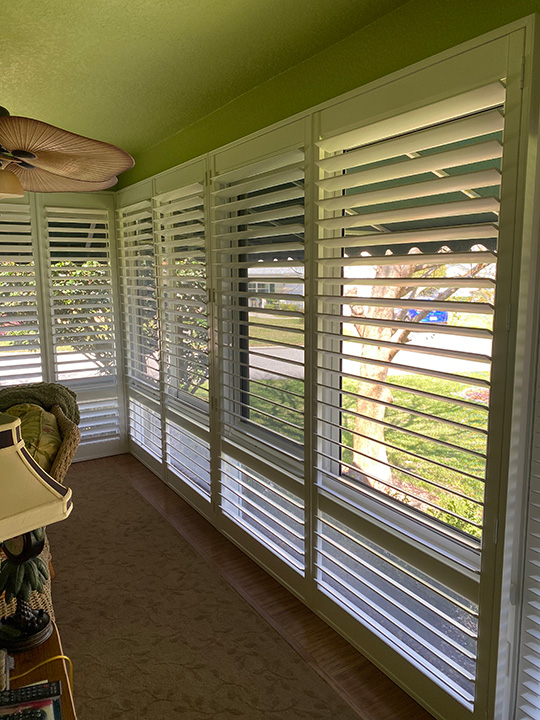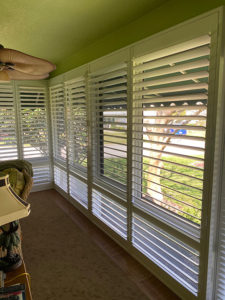
 Depending on where you live, the temperature and environment can drastically affect the materials and furniture in your home. This is something that homeowners have to prepare for and know how to handle if they want to keep their furniture in good condition for many years to come. One of the most common materials that can get affected by cold weather is natural hardwood material. If you like the idea of having wooden furniture in your home but don’t like the idea of having to micromanage your home environment, a great choice for window furnishing would be faux wood plantation shutters. Ocala residents should learn a little more about how they compare to shutters made from natural hardwood materials.
Depending on where you live, the temperature and environment can drastically affect the materials and furniture in your home. This is something that homeowners have to prepare for and know how to handle if they want to keep their furniture in good condition for many years to come. One of the most common materials that can get affected by cold weather is natural hardwood material. If you like the idea of having wooden furniture in your home but don’t like the idea of having to micromanage your home environment, a great choice for window furnishing would be faux wood plantation shutters. Ocala residents should learn a little more about how they compare to shutters made from natural hardwood materials.
What Material is Faux Wood Made From?
Faux wood or fake wood materials look very similar to their real wood counterparts, but they do not have the same characteristics and issues. The reason why natural hardwood is so susceptible to environmental conditions is because it is a natural material. When talking about the materials used in faux wood plantation shutters, Ocala residents should know that they are made from composite materials. While most materials will expand or contract depending on the temperature of a home, composite materials are very good at not getting affected by this. If this were to happen to real wood, it would most certainly warp or crack.
Do Warm Temperatures Affect Faux Wood Materials?
When the temperature is cold outside most homeowners are going to turn on their heater to be as comfortable as possible. While faux wood does a great job at withstanding cold temperatures, many homeowners wonder if warmer temperatures would have an adverse effect. When talking about faux wood Plantation shutters, Ocala residents should know that they are good at handling warmer temperatures, unlike real wooden materials. Natural wood is affected by warmer temperatures just as much as colder temperatures, and a homeowner has to do some additional work to make sure they aren’t affected to the point they start to warp or crack.
*Disclaimer: The views expressed here are those of the authors and do not necessarily represent or reflect the views of Shutter Professionals*

